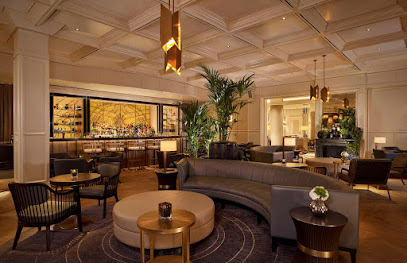
Tränenpalast: A Cold War Relic
Experience the poignant history of divided Berlin at the Tränenpalast, the 'Palace of Tears,' a preserved border crossing offering a powerful glimpse into Cold War life.
The Tränenpalast, or "Palace of Tears," stands as a poignant reminder of Berlin's divided past. Erected in 1962, it served as the border crossing point where East Germans bid farewell to visitors from the West. The glass and steel structure, a stark example of Cold War architecture, witnessed countless tearful goodbyes, earning its sorrowful nickname. Today, it houses a moving exhibition documenting the personal stories and harsh realities of life during the separation. Visitors can explore original passport control booths, preserved artifacts, and compelling interviews, offering a glimpse into the emotional toll of division. Located adjacent to the Friedrichstraße station, the Tränenpalast is easily accessible and offers a powerful and thought-provoking experience for anyone seeking to understand Berlin's complex history and the human cost of the Iron Curtain. Admission is free, making it an accessible and essential stop for those exploring Berlin's historical landmarks. The building itself is a protected landmark, ensuring its preservation for future generations.
A brief summary to Tränenpalast
- Reichstagufer 17, Berlin, Mitte, 10117, DE
- +4930467777911
- Visit website
Local tips
- Allow ample time to explore the exhibits and absorb the emotional weight of the personal stories shared.
- Take advantage of the free guided tours offered for a deeper understanding of the historical context and significance.
- Consider visiting during off-peak hours to avoid crowds and have a more intimate experience with the exhibits.
- Check the Haus der Geschichte website for special events, lectures, and workshops related to the Tränenpalast and its history.
- Combine your visit with a walk along the nearby Reichstagufer to reflect on the history and enjoy views of the Spree River.
Getting There
-
Public Transport
The Tränenpalast is easily accessible via Berlin's extensive public transport network. Take the S-Bahn (lines S1, S2, S5, S7, S25, S75) or U-Bahn (line U6) to the Friedrichstraße station. From the station, the Tränenpalast is a short walk away, located between the riverbank and Friedrichstraße. Tram lines M1 and 12 also stop at Friedrichstraße. A single ticket for zones AB costs €3.80, a short trip ticket is €2.60. A 24-hour ticket for zone AB is €10.60.
-
Taxi/Ride-Share
Taxis and ride-sharing services are readily available throughout Berlin. A taxi from a central location like Alexanderplatz to the Tränenpalast would cost approximately €10-€15, depending on traffic. A taxi rank is located directly at the train station Friedrichstrasse next to the Tränenpalast.
-
Walking
If you are already in the Mitte district, walking to the Tränenpalast is a viable option. From the Brandenburg Gate, head east along Unter den Linden, then turn north onto Friedrichstraße. The Tränenpalast will be on your left, just before the Friedrichstraße station. From Museum Island, cross the Spree River and walk north along Friedrichstraße. The Tränenpalast will be on your right, just after the Friedrichstraße station.
Discover more about Tränenpalast
Iconic landmarks you can’t miss
Mündung Südpanke
0.1 km
Discover the serene Mündung Südpanke in Berlin-Mitte, where the restored Südpanke River meets the Spree, offering a tranquil escape and a glimpse into the city's green heart.

Schiffbauerdamm
0.3 km
Discover the cultural heart of Berlin at Schiffbauerdamm, where history meets vibrant entertainment and stunning waterfront views.
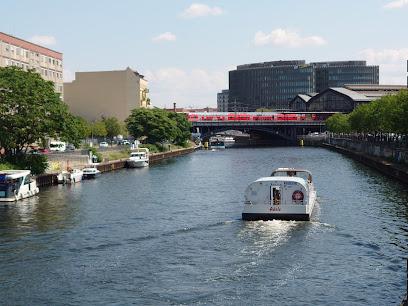
Friedrichstraße 107
0.4 km
Explore Friedrichstraße 107, a stunning architectural gem in Berlin's Mitte, embodying the city's rich history and vibrant modern culture.
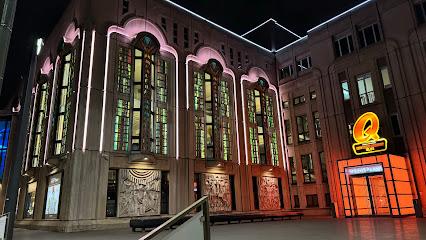
Verwaltung des Deutschen Bundestages
0.5 km
Discover the rich history and stunning architecture of the German Bundestag, a pivotal symbol of democracy in Berlin's vibrant Mitte district.

Unter den Linden
0.5 km
Discover the charm and history of Unter den Linden, Berlin's iconic boulevard lined with stunning architecture and cultural landmarks.
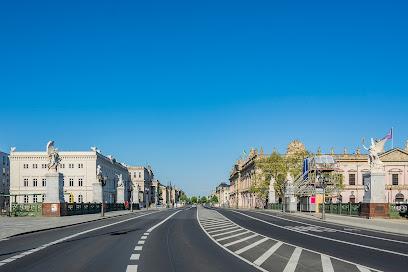
Rudolf Virchow Monument
0.6 km
Discover the Rudolf Virchow Monument in Berlin, a historical tribute that celebrates the legacy of a visionary in medicine and social reform amidst the city's vibrant culture.
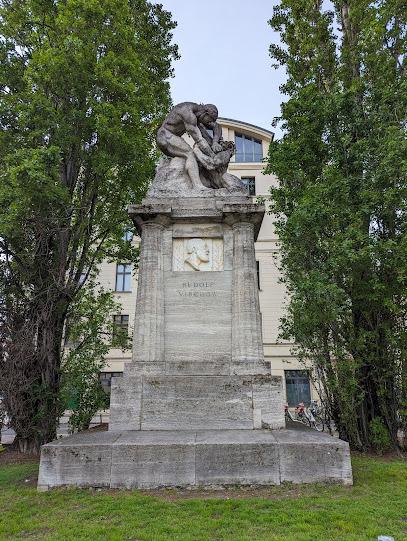
Embassy of Russia in Berlin
0.6 km
Explore the Embassy of Russia in Berlin, a stunning architectural landmark on Unter den Linden, reflecting rich history and cultural diplomacy.

Jakob-Kaiser-Haus
0.6 km
Discover Jakob-Kaiser-Haus, a modern architectural gem in Berlin, symbolizing democracy and political heritage in the heart of Germany.

Albrecht von Graefe
0.6 km
Explore the Albrecht von Graefe sculpture in Berlin, a tribute to medical innovation and artistic mastery in the heart of the city.
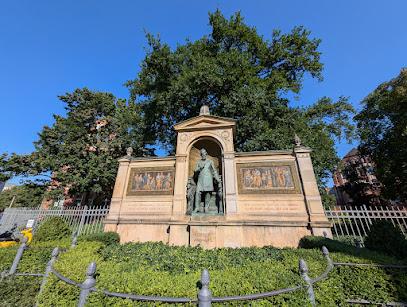
Oranienburger Str.
0.6 km
Experience Berlin's vibrant heart on Oranienburger Straße: a captivating blend of history, culture, and nightlife in the city's Mitte district, offering an unforgettable urban adventure.
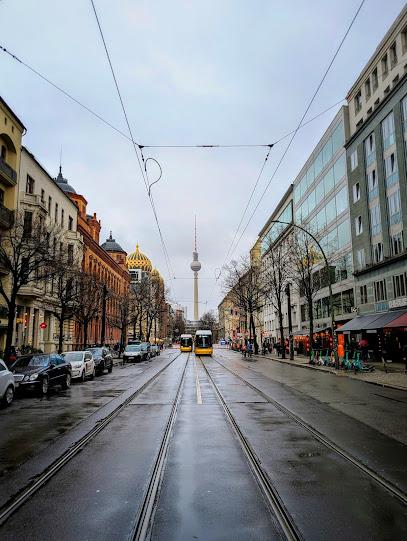
Oranienburger Str. 36
0.7 km
Discover the historic Oranienburger Str. 36, a symbol of Berlin's rich history and vibrant culture, nestled in the heart of the city's Mitte district.
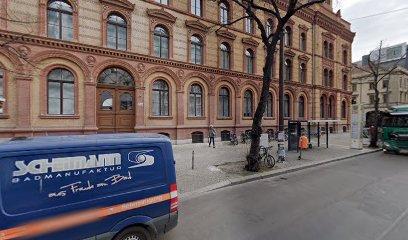
Memorial to May 10, 1933 Nazi Book Burning
0.7 km
Explore a poignant symbol of literary freedom at the Memorial to May 10, 1933 Nazi Book Burning in Berlin, a must-visit for history enthusiasts.

Friedrichstraße 205
0.7 km
Discover the architectural beauty and cultural vibrancy of Friedrichstraße 205, a historic landmark in the heart of Berlin's Mitte district.
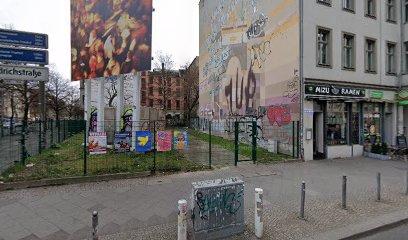
British Embassy Berlin
0.7 km
Explore the British Embassy in Berlin - a blend of modern architecture and rich diplomatic history in the heart of Germany.

Bebelpl.
0.7 km
Explore Berlin's Bebelplatz: A historic square where architectural grandeur meets poignant remembrance, offering a powerful reflection on culture, freedom, and the lessons of history.

Unmissable attractions to see
Alternatives Denkmal für Deutschland ⎜Alternative Monument for Germany (Tränenpalast)
0.0 km
Discover the Alternative Monument for Germany, a poignant tribute to resilience and history in the heart of Berlin.
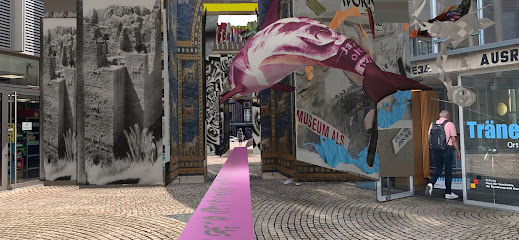
Insider Tour Berlin
0.0 km
Explore Berlin's rich history and vibrant culture with Insider Tour, the leading sightseeing agency offering engaging and personalized guided experiences.

Stern und Kreisschiffahrt GmbH, Friedrichstraße/Reichstagufer
0.1 km
Experience Berlin's stunning skyline and rich history with unforgettable boat tours from Stern und Kreisschiffahrt, the city's premier sightseeing tour agency.

Ständige Vertretung
0.1 km
Experience authentic German cuisine and vibrant atmosphere at Ständige Vertretung, a must-visit restaurant and bar in Berlin.

Trains to Life – Trains to Death
0.1 km
Explore the poignant 'Trains to Life – Trains to Death' memorial in Berlin, a tribute to the Kindertransport and the resilience of Jewish children escaping persecution.
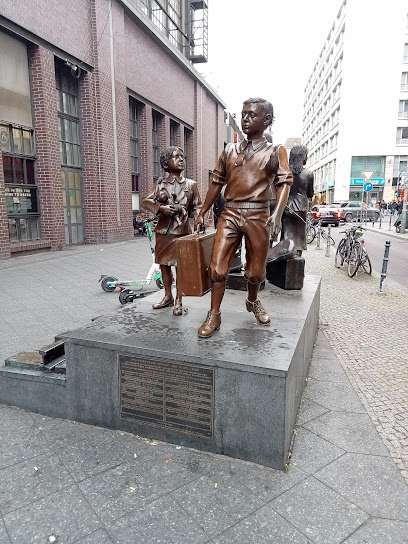
Admiralspalast
0.1 km
Experience the magic of live performances at Admiralspalast, Berlin's historic theater in the heart of Mitte, showcasing diverse cultural events.
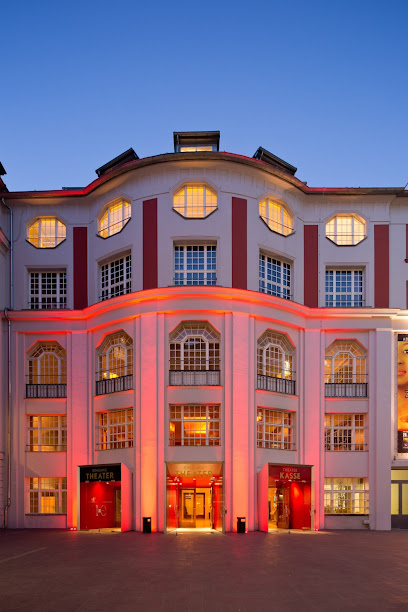
Theater am Schiffbauerdamm
0.1 km
Discover the enchanting performances and rich history of Theater am Schiffbauerdamm, a must-visit cultural landmark in Berlin's vibrant arts scene.
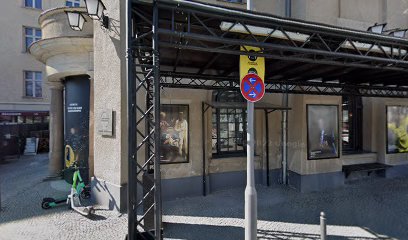
Weidendammer Brücke
0.2 km
Discover the scenic Weidendammer Brücke, a stunning bridge in Berlin that offers breathtaking views and a rich historical backdrop for every tourist.
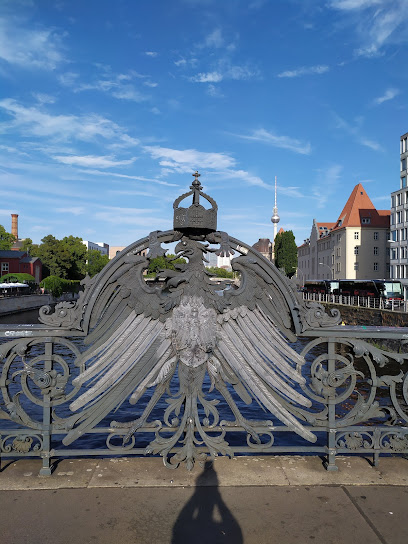
Berliner Ensemble
0.2 km
Discover the Berliner Ensemble, a historic performing arts theater in Berlin, celebrating the legacy of Bertolt Brecht through innovative and powerful performances.

Spree & Havelschiffahrt
0.2 km
Experience Berlin's scenic waterways with Spree & Havelschiffahrt, offering unforgettable boat tours through the city's iconic landmarks.

Tausend
0.2 km
Discover the chic ambiance and innovative cocktails at Tausend, a hidden bar and restaurant gem in Berlin's vibrant Mitte district.

The Original Berlin Walks
0.2 km
Experience Berlin like never before with The Original Berlin Walks, where history meets vibrant culture through engaging guided tours.
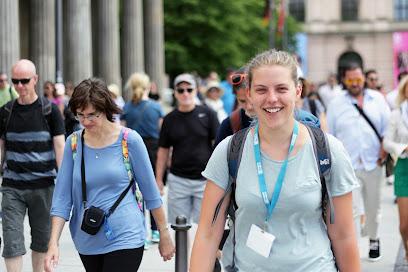
Boulevard Friedrichstrasse
0.3 km
Experience authentic German cuisine in the heart of Berlin at Boulevard Friedrichstrasse, where traditional flavors meet contemporary dining.

Boros Foundation
0.4 km
Explore the Boros Foundation in Berlin, where contemporary art meets history in a converted WWII bunker, showcasing a stunning collection of modern masterpieces.

Friedrichstadt-Palast
0.4 km
Discover the magic of Friedrichstadt-Palast, Berlin's premier performing arts venue, renowned for its spectacular shows and vibrant cultural atmosphere.
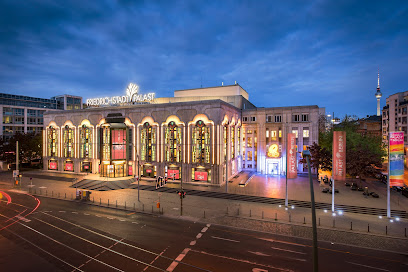
Essential places to dine
Berliner Republik
0.1 km
Discover Berliner Republik: A Culinary Haven in Berlin's Mitte District Offering Authentic German Cuisine and Lively Atmosphere.
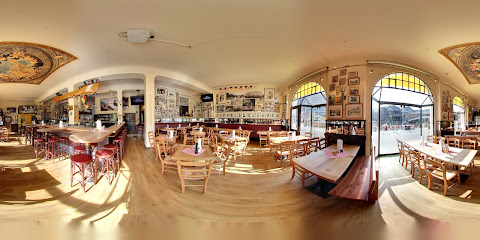
Grill Royal
0.2 km
Experience exceptional steaks and vibrant ambiance at Grill Royal in Berlin’s Mitte district.
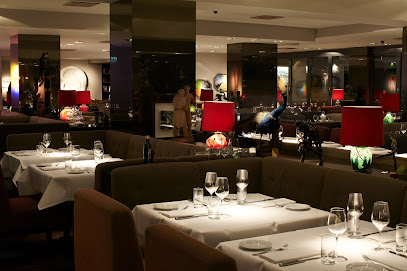
Nante-Eck
0.5 km
Experience authentic German cuisine at Nante-Eck in Berlin’s Mitte district—where tradition meets taste in a cozy atmosphere.

acht&dreissig
0.6 km
Savor traditional German dishes at acht&dreissig in Berlin, where authentic flavors meet inviting ambiance.
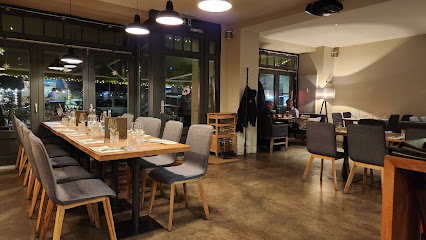
Bocca di Bacco
0.6 km
Experience authentic Italian cuisine at Bocca di Bacco in Berlin – where tradition meets elegance in every dish.
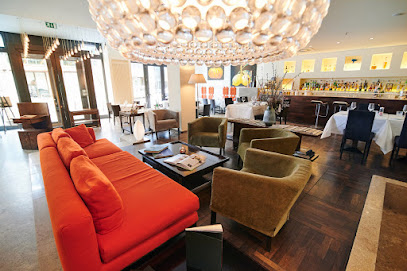
Pantry
0.6 km
Discover an eclectic dining experience at Pantry in Berlin - where fusion cuisine meets elegance in the heart of Mitte.
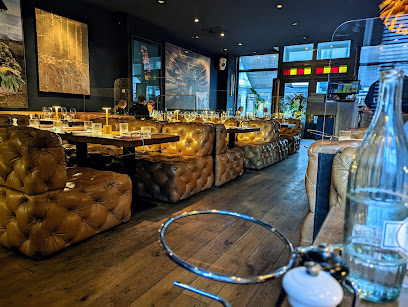
Charlotte & Fritz
0.7 km
Experience the pinnacle of fine dining at Charlotte & Fritz, where exquisite flavors meet elegant ambiance in Berlin's Mitte district.

Lorenz Adlon Esszimmer
0.7 km
Experience unparalleled fine dining at Lorenz Adlon Esszimmer in Berlin – where modern European cuisine meets historic elegance.
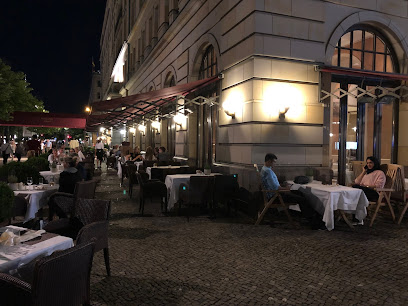
Restaurant Dae Mon
0.9 km
Discover an exquisite fusion of modern European cuisine at Restaurant Dae Mon in Berlin's vibrant Mitte district.

Schnitzelei Mitte
0.9 km
Experience authentic German cuisine at Schnitzelei Mitte, featuring exquisite schnitzels and tapas in Berlin's lively Mitte district.
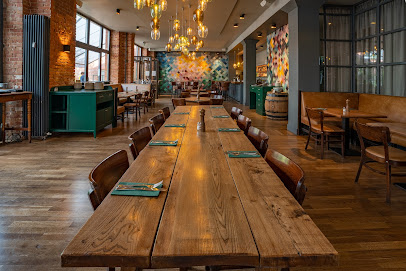
Friedel Richter Restaurant
0.9 km
Experience modern German cuisine at Friedel Richter Restaurant in Berlin's Mitte district – where tradition meets innovation.
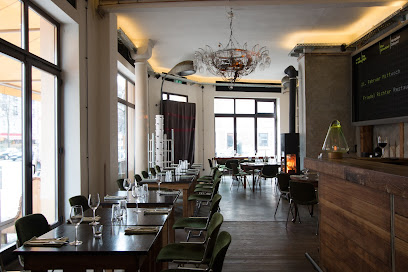
MontRaw Restaurant
0.9 km
Experience authentic Mediterranean cuisine in Berlin's Mitte district at MontRaw Restaurant - where every dish tells a story.
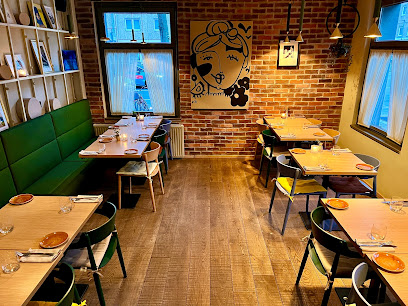
Restaurant FOREIGN AFFAIRS
1.0 km
Discover authentic Austrian cuisine in Berlin's Mitte district at Restaurant FOREIGN AFFAIRS – where tradition meets taste.
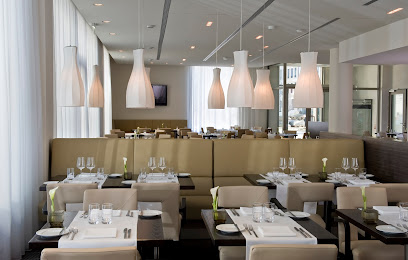
Salamat
1.0 km
Discover authentic Middle Eastern flavors at Salamat in Berlin's Mitte district – where every dish tells a story.
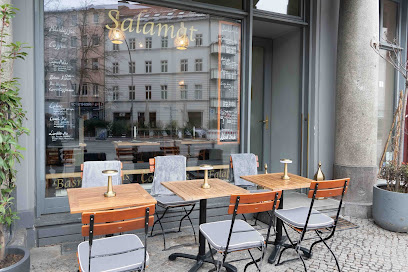
Restaurant Maximilians Berlin
1.1 km
Experience authentic Bavarian cuisine at Restaurant Maximilians in Berlin's Mitte district—where every meal is a celebration of flavor.
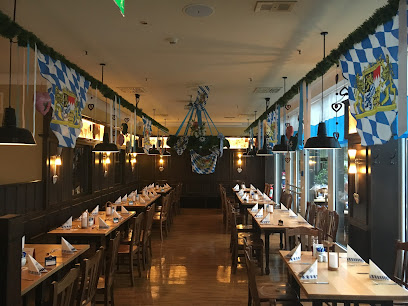
Markets, malls and hidden boutiques
BERLIN STORE
0.5 km
Discover unique souvenirs and local crafts at the Berlin Store, the perfect stop for tourists seeking a piece of the city's vibrant culture.
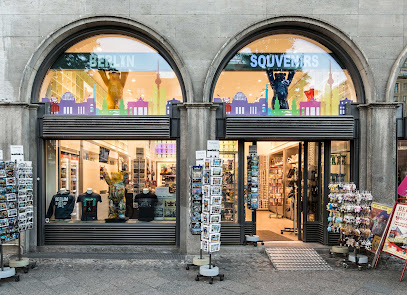
The Square Berlin East
0.7 km
Explore a unique blend of fashion, literature, and home decor at The Square Berlin East, a boutique gem in the heart of Berlin's Mitte district.
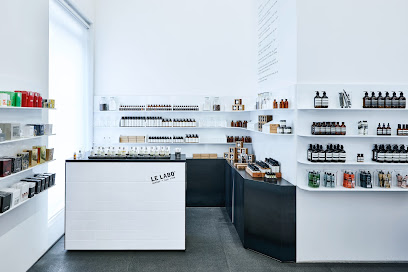
Galeries Lafayette
0.7 km
Discover the allure of luxury shopping and gourmet dining at Galeries Lafayette in the heart of Berlin, a must-visit for every traveler.
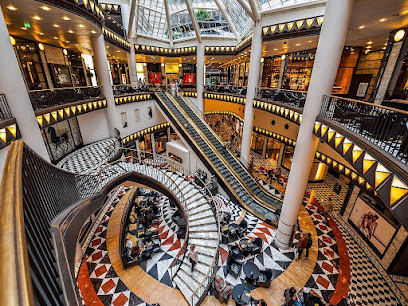
Wolford Boutique Berlin
0.8 km
Experience luxury and elegance at Wolford Boutique Berlin, your go-to destination for exquisite women's fashion and lingerie.
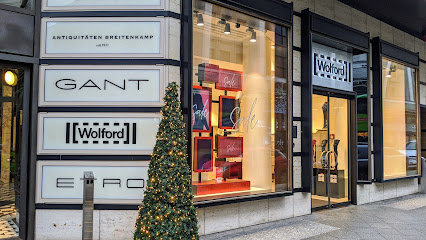
AMPELMANN shop in the Hackescher Markt
1.0 km
Explore the charming AMPELMANN shop in Hackescher Markt for unique Berlin souvenirs that capture the city's spirit and culture.
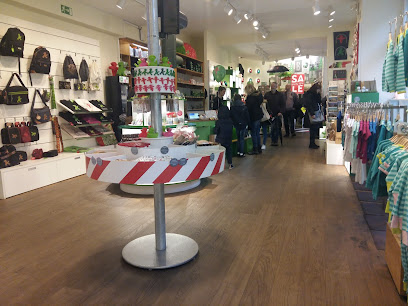
Shop Passage im Humboldt Forum
1.1 km
Explore a captivating selection of gifts and unique souvenirs at Shop Passage im Humboldt Forum, a must-visit destination in Berlin.
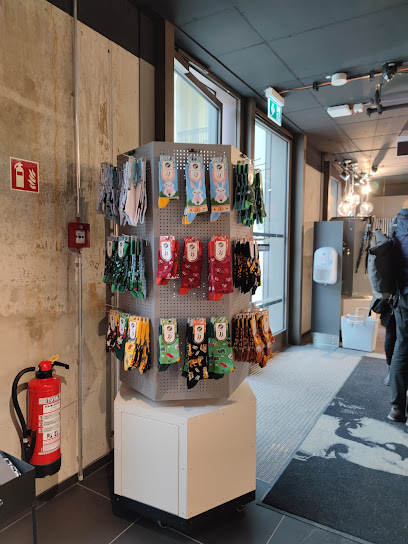
Hackesche Höfe
1.1 km
Explore Hackesche Höfe, a vibrant shopping and cultural hub in Berlin, featuring unique shops, diverse dining options, and artistic experiences.
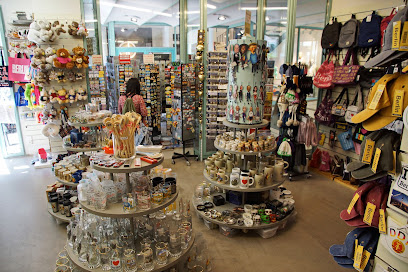
Redbear Berlin
1.1 km
Explore Redbear Berlin, a stylish boutique offering unique fashion pieces in the vibrant Mitte district, perfect for discerning shoppers.
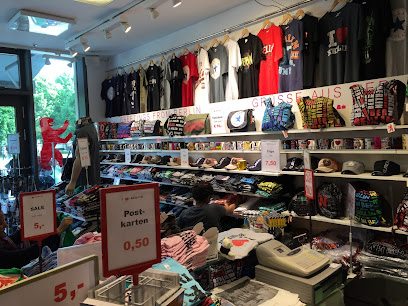
Mall of Berlin
1.2 km
Explore the Mall of Berlin: A shopping haven in the heart of the city with endless retail, dining, and entertainment options.
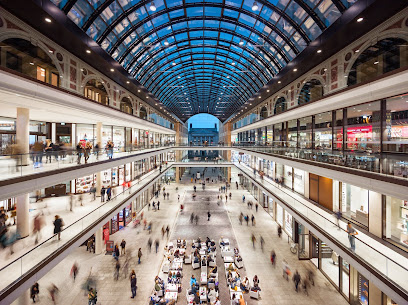
I love Berlin
1.3 km
Explore 'I Love Berlin' for unique souvenirs and gifts that embody the vibrant culture and spirit of Berlin, located in the heart of the city.
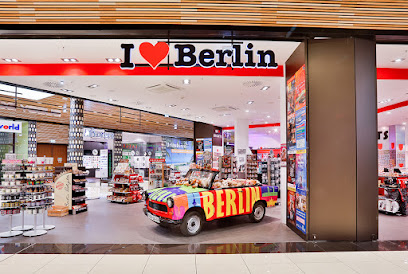
Fashionfouvintage
1.3 km
Explore Fashionfouvintage in Berlin for a unique vintage clothing experience, showcasing timeless styles from various eras that inspire and delight.
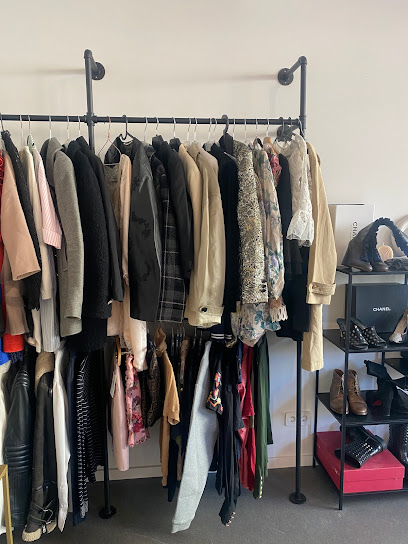
Kauf Dich Glücklich Mode
1.3 km
Discover unique fashion at Kauf Dich Glücklich Mode, a stylish clothing store in Berlin's Mitte district, where creativity meets contemporary style.

ausberlin
1.3 km
Discover local fashion and unique gifts at ausberlin, a vibrant department store in the heart of Berlin's Mitte district.
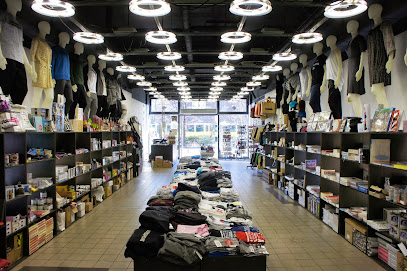
A Kind of Guise Store
1.4 km
Explore A Kind of Guise Store in Berlin for unique, high-quality clothing that blends contemporary style with sustainable practices.
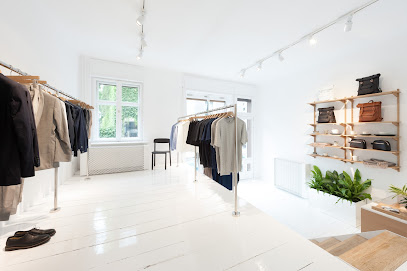
RAU Berlin Boutique
1.4 km
Explore the unique fashion offerings at RAU Berlin Boutique, the perfect blend of contemporary style and local craftsmanship in the heart of Berlin.
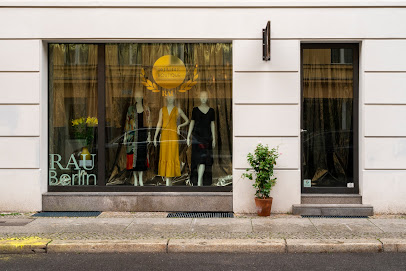
Essential bars & hidden hideouts
meisterschueler
0.2 km
Discover Meisterschueler in Berlin – a captivating cocktail bar that intertwines art and mixology for an unforgettable experience.
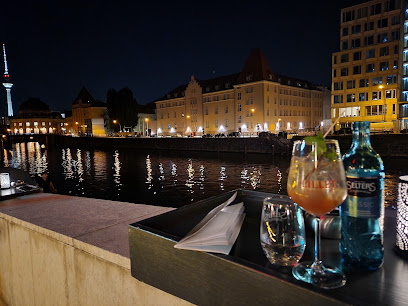
Windhorst
0.3 km
Experience Berlin's vibrant nightlife at Windhorst, an upscale cocktail bar serving exquisite drinks in a stylish atmosphere in the heart of Mitte.
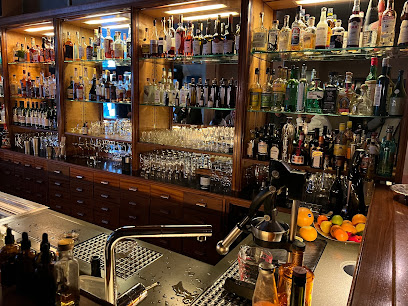
X-Terrain
0.6 km
Discover the eclectic vibe of X-Terrain, a unique bar in Berlin's Mitte with creative cocktails and a lively atmosphere perfect for nightlife enthusiasts.

Bar Amélie
0.6 km
Discover Berlin's vibrant cocktail scene at Bar Amélie, where expertly crafted drinks meet a cozy atmosphere in the heart of the city.
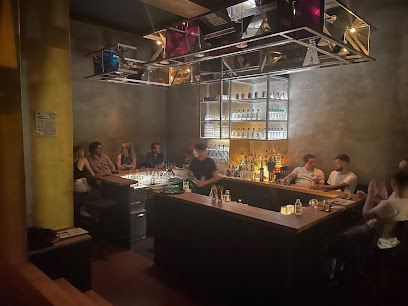
Melody Nelson bar
0.7 km
Discover the vibrant atmosphere of Melody Nelson, Berlin's chic bistro and cocktail bar, perfect for unwinding and socializing.
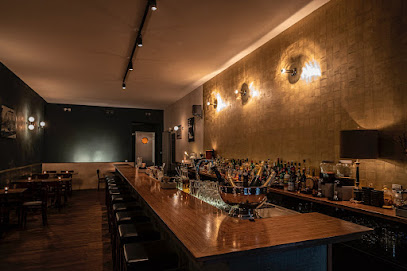
Reingold
0.9 km
Experience the vibrant nightlife of Berlin at Reingold, a cocktail bar in Mitte known for its expertly crafted drinks and lively atmosphere.
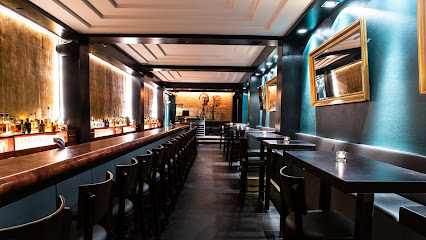
Newton Bar
0.9 km
Experience the vibrant nightlife of Berlin at Newton Bar, where stylish cocktails and a chic atmosphere await in Mitte.
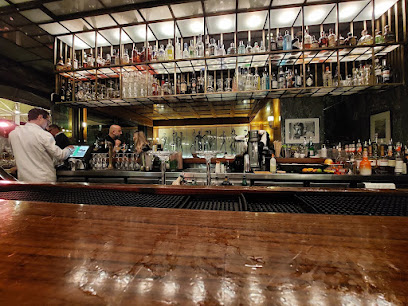
TheCoven Bar
0.9 km
Discover the allure of TheCoven Bar, a cocktail haven in the heart of Berlin's Mitte district, where innovative drinks meet enchanting ambiance.
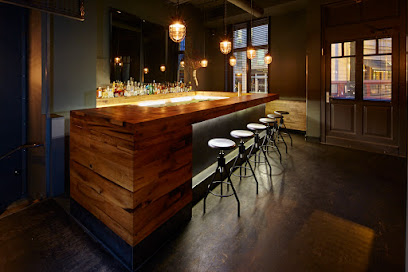
My Bar ICI
1.0 km
Discover the vibrant atmosphere and exquisite drink selection at My Bar ICI, a must-visit bar in the heart of Berlin's Mitte district.
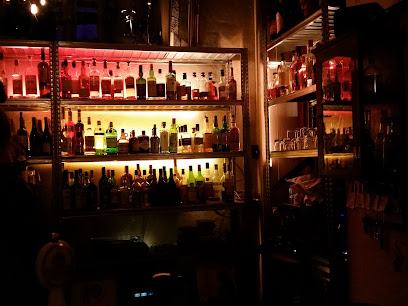
Berlin Icebar
1.2 km
Discover the magic of Berlin Icebar, where cocktails meet ice sculptures for a unique nightlife experience in the heart of the city.
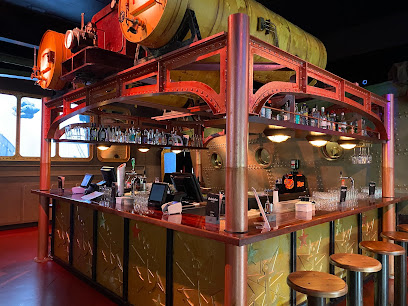
BonBon Bar Berlin
1.3 km
Discover the lively ambiance and eclectic cocktails at BonBon Bar, a must-visit for an unforgettable night out in Berlin's vibrant Mitte district.
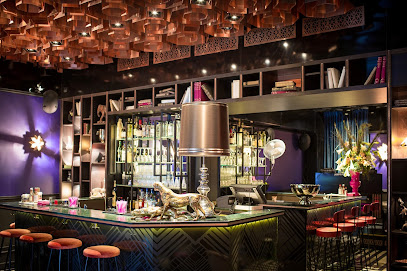
Mein Haus am See
1.4 km
Experience the vibrant fusion of bar, cafe, and nightlife at Mein Haus am See in Berlin's Mitte district, a perfect spot for relaxation and entertainment.
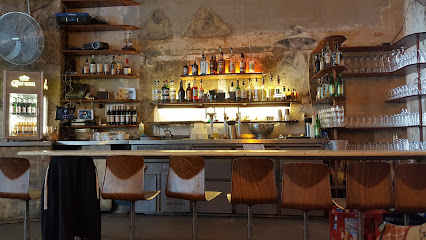
Sharlie Cheen Bar
1.4 km
Discover Sharlie Cheen Bar: A lively Berlin hotspot known for its innovative cocktails and vibrant nightlife experience in the heart of Mitte.
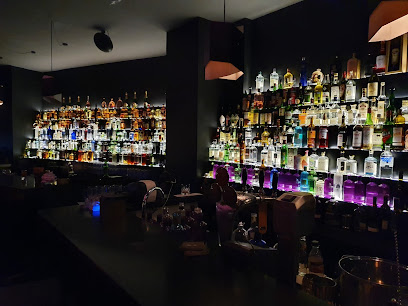
Charlie's Beach
1.4 km
Discover the perfect blend of relaxation and excitement at Charlie's Beach, a vibrant bar in Berlin's Mitte district with delightful drinks and a lively atmosphere.
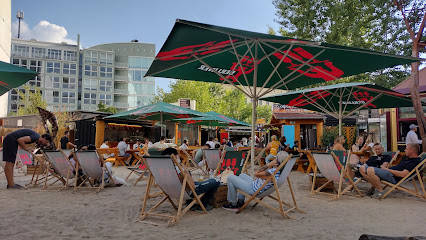
The Curtain Club
1.4 km
Experience elegance at The Curtain Club, Berlin's premier bar with exquisite cocktails and a chic atmosphere in the heart of Potsdamer Platz.
